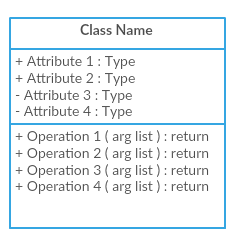

At the heart of any object-oriented system is the step of designing the class structure – therefore the saying goes that class diagrams are the most popular out of the UML diagram types.
In this easy class diagram tutorial, we’ve covered the key areas you need to know to draw class diagrams without a struggle. Scroll down to find out
A class diagram is a UML diagram type that describes a system by visualizing the different types of objects within a system and the kinds of static relationships that exist among them. It also illustrates the operations and attributes of the classes.
They are usually used to explore domain concepts, understand software requirements and describe detailed designs.
There are several class diagram notations that are used when drawing UML class diagrams. We’ve listed below the most common class diagram notations.

Classes represent the central objects in a system. It is represented by a rectangle with up to 3 compartments.
The first one shows the class’s name, while the middle one shows the class’s attributes which are the characteristics of the objects. The bottom one lists the class’s operations, which represents the behavior of the class.

The last two compartments are optional. The class notation without the last two compartments is called a simple class and it only contains the name of the class.
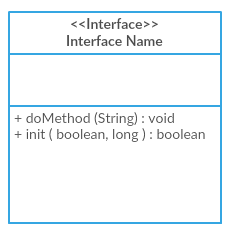
The interface symbol in class diagrams indicates a set of operations that would detail the responsibility of a class.
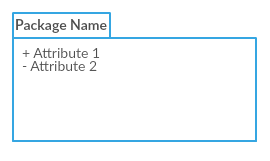
The package symbol is used to group classes or interfaces that are either similar in nature or related. Grouping these design elements using the package symbols improves the readability of the diagram
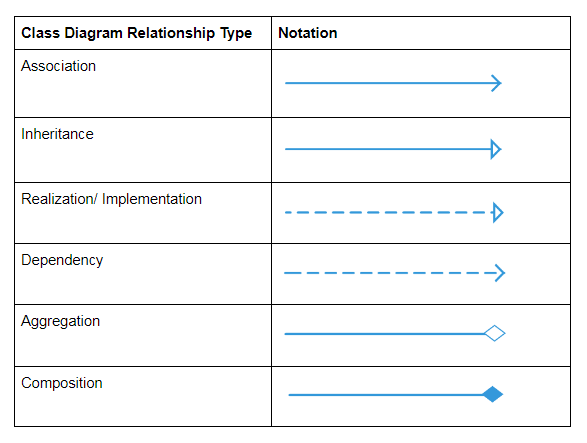
To learn about the class diagram connector types and the different relationships between classes in detail, refer to our handy guide on class diagram relationships.
For a full list of class diagram notations/ class diagram symbols refer to this post.
Class diagrams go hand in hand with object-oriented design. So knowing its basics is a key part of being able to draw good class diagrams.
When required to describe the static view of a system or its functionalities, you’d be required to draw a class diagram. Here are the steps you need to follow to create a class diagram.
The first step is to identify the primary objects of the system.
Next step is to determine how each of the classes or objects are related to one another. Look out for commonalities and abstractions among them; this will help you when grouping them when drawing the class diagram.
First, add the class names and link them with the appropriate connectors. You can add attributes and functions/ methods/ operations later.
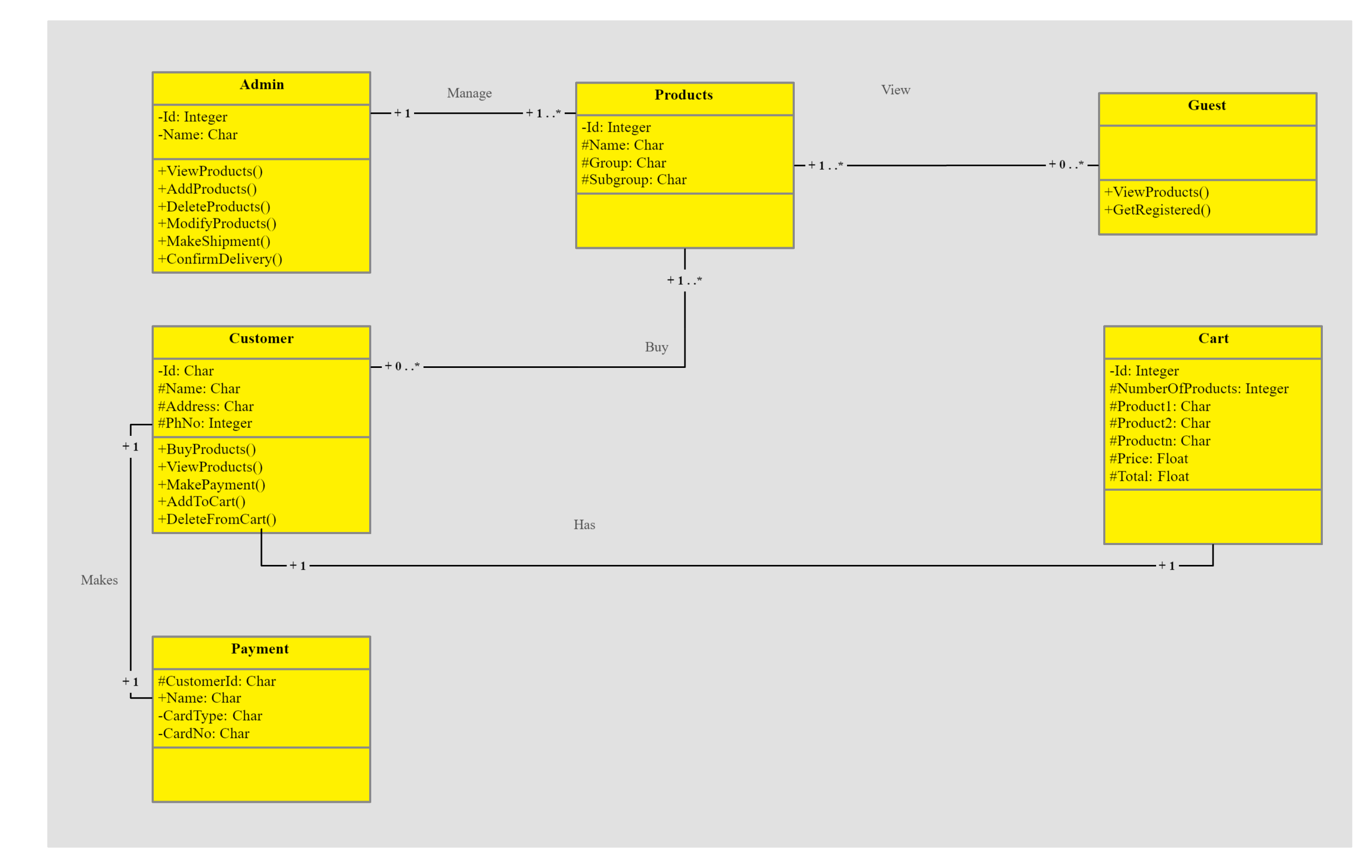
Click on the template to edit it online
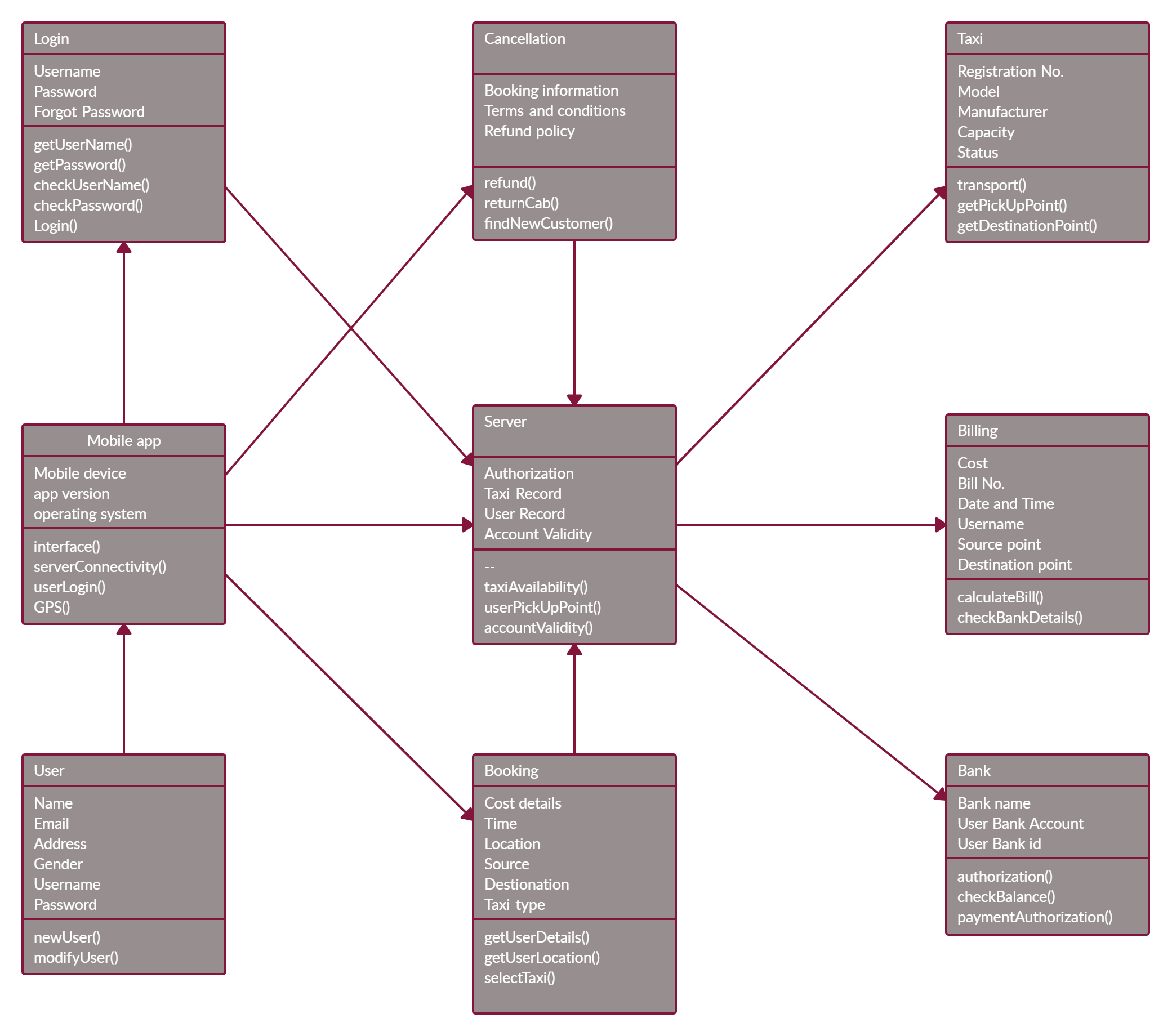
Click on the template to edit it online
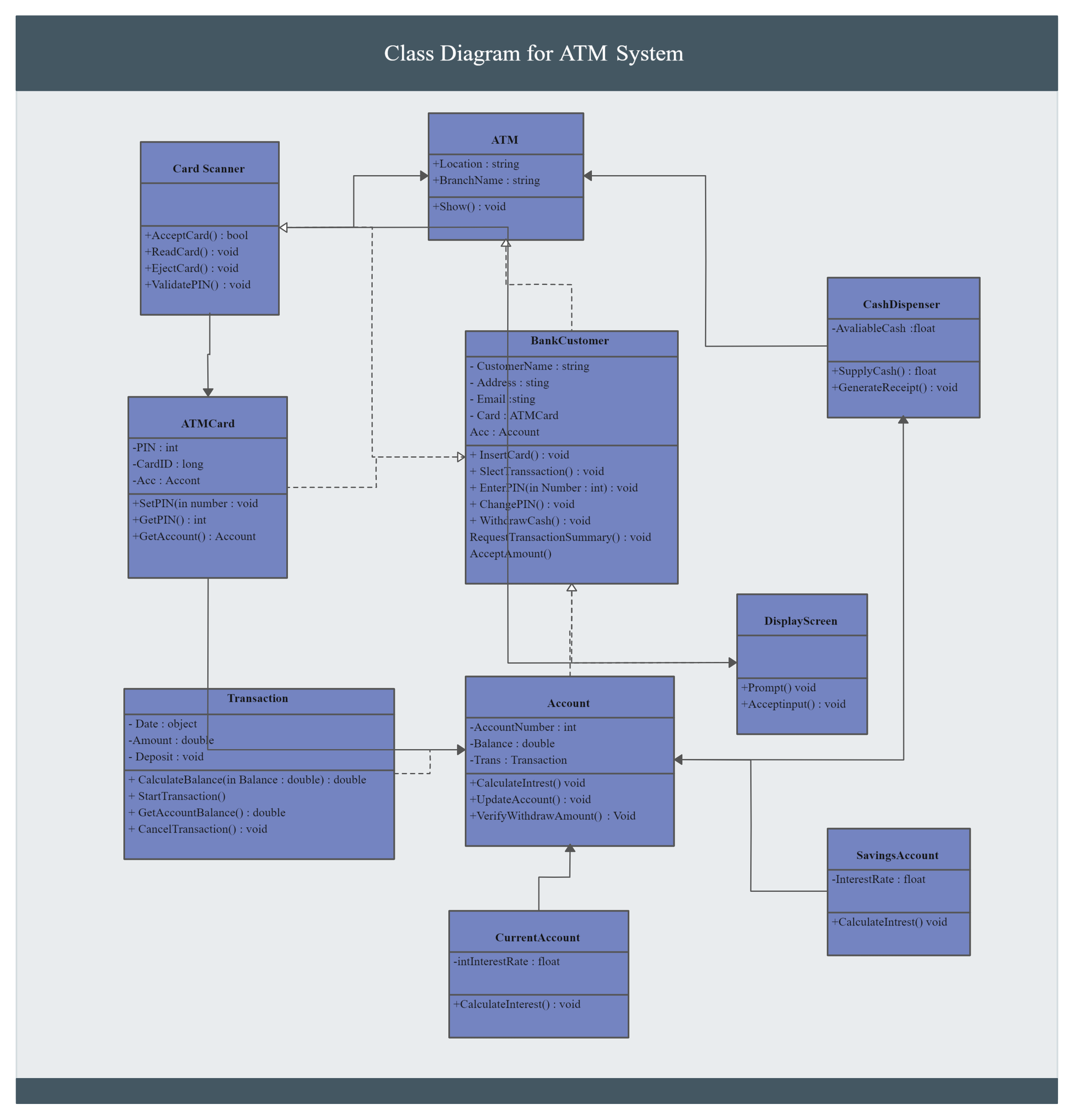
Click on the template to edit it online
In this class diagram tutorial, we’ve covered what a class diagram is, class diagram notations, how to draw a class diagram and best practices you can follow when creating class diagrams. In addition, we’ve added a few class diagram examples that you can instantly edit online.
Interested in learning about other UML diagram types?
Join over thousands of organizations that use Creately to brainstorm, plan, analyze, and execute their projects successfully.
Download our all-new eBook for tips on 50 powerful Business Diagrams for Strategic Planning. Get eBook Now